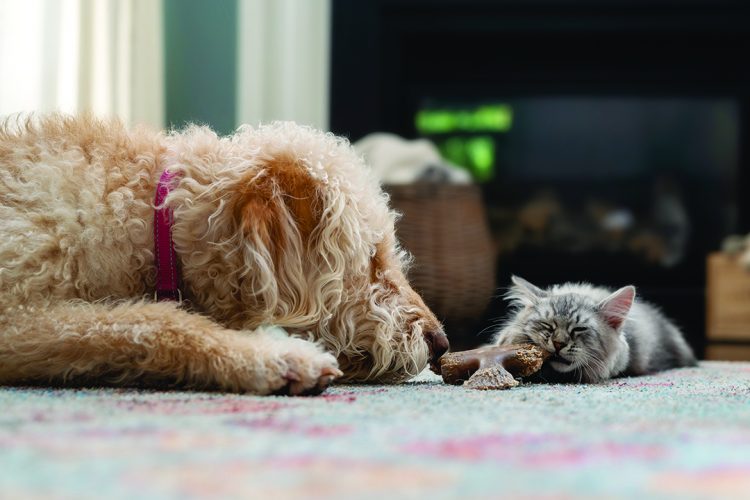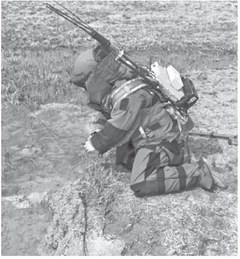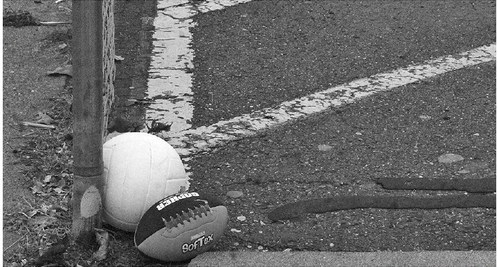Natural disasters won’t wait for packing pet supplies


While no one is immune from the devastation of a natural disaster, preparing before a storm hits is key to keeping everyone in the family – including pets – safe.
Have pets microchipped. In the event of an emergency, natural or otherwise, ensure a pet can get back home if separated. Collars and ID tags, though important, can break or detach. Microchips, which are computerized and scannable implants about the size of a grain of rice, are more fool-proof, since they’re inserted under a pet’s skin.
Take pets inside at the first sign of danger. Disasters can be disorienting for pets, and they could run away or hurt themselves, reacting to loud noises and strange changes to their landscape. Also, rain, flying debris and high winds pose a danger.
If evacuating, keep pets along. Leaving pets behind during a natural disaster is never a good idea, because they could escape or become exposed to a number of life-threatening hazards. Keep them on a leash or in a pet carrier, so they don’t escape, even if in a “familiar” neighborhood.
Determine where to go. A Plan B is needed, if advised by government officials to leave the home. Not all emergency shelters will accept pets and physical distancing guidelines may reduce capacity in public shelters. Make a plan and develop a list of pet-friendly hotels open for business, and outside the immediate area.
Create a pet-friendly resource list. Research a list of veterinarians in the area, should a pet need medical care. Also, figure out which boarding facilities are nearby, in the event separating from the pet is necessary.
Pack an emergency bag, with emergency provisions for pets well in advance of a catastrophe, to evacuate the home quickly, if needed. Choose an easy-to-carry bag, label it and keep it where everyone in the family can find it quickly.
The bag should include a pet first-aid kit; enough food and bottled water for a week (rotate this every couple months, to keep it from going bad); medications (check periodically to ensure medicines in the emergency bag don’t expire); cleanup supplies; food and water dishes; bags (or litter for cats) for collecting waste; an extra collar and leash; photocopies of medical records; towels; recent photos of pets; and a favorite toy or chewy for comfort.
It’s also a good idea to have a sturdy carrier or crate for each pet.
By keeping in mind these ideas, pet preparedness plans can be put into action ahead of a storm, flood or wildfire, instead of spending valuable time trying to determine what needs to be done to best protect pets.




